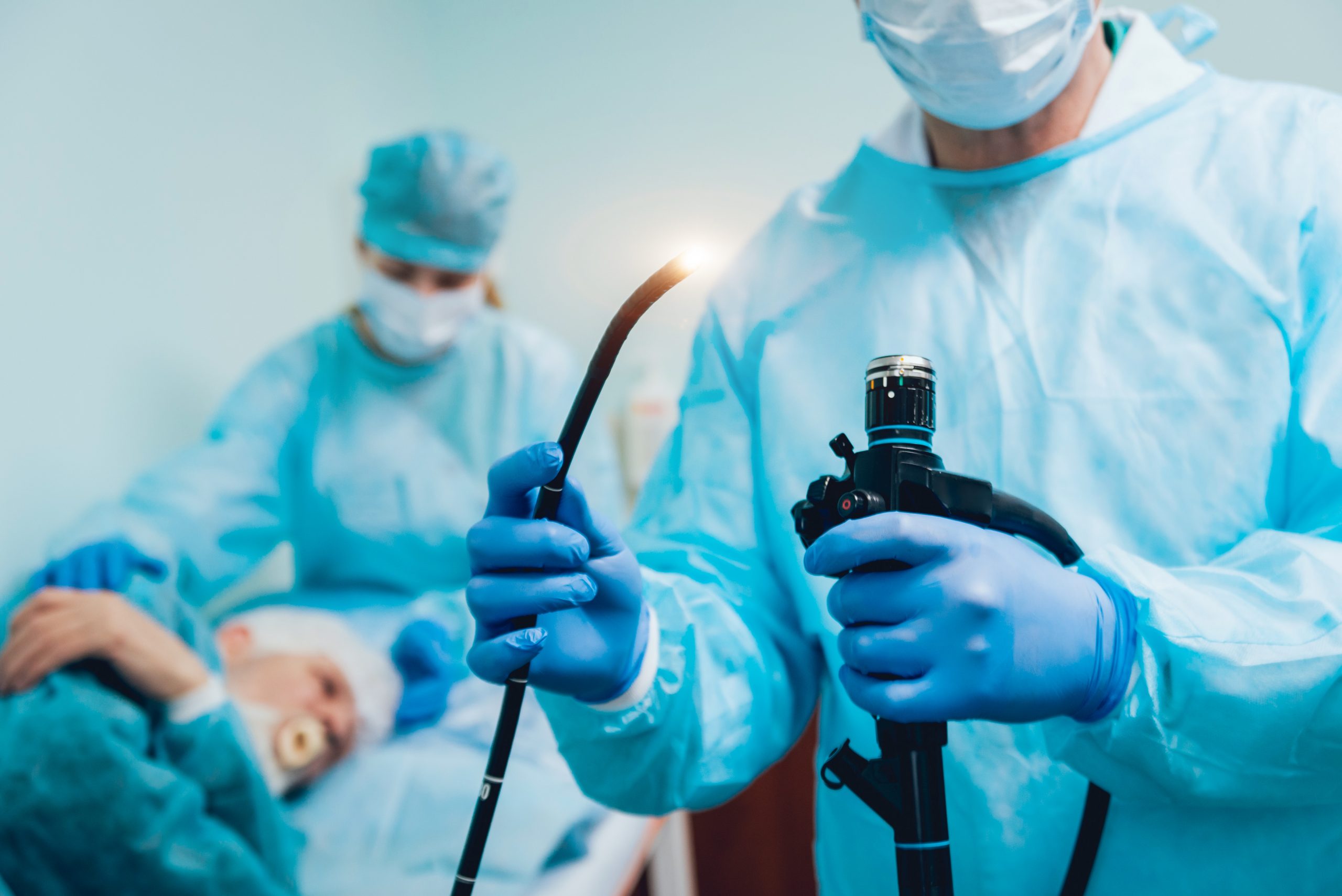Cleaning Validation for Reusable Medical Devices

March 20, 2025
Anne M. Schuler
reusable medical devices, cleaning validations, reprocessing of reusable medical devices, end-of-life conditioning, AAMI ST98, ISO 17664, medical device IFU, protein analysis, hemoglobin analysis
End-of-life conditioning, 21 CFR 801, instruction for use development
Reusable medical devices are devices that health care providers can reprocess and reuse on multiple patients. If they are not properly reprocessed between use, there is a greater likelihood of microbial transmission and a high risk of infection. Cleaning is the physical removal of soil and contaminants, according to the FDA guidance document Reprocessing Medical Devices in Health Care Settings: Validation Methods and Labeling Guidance for Industry and Food and Drug Administration Staff effective cleaning should:
Therefore, cleaning methods must be validated separately from disinfection or sterilization processes which are validated to demonstrate appropriate microbicidal reduction. A reusable device cannot be effectively sterilized or disinfected unless it is properly cleaned first. Under FDA labeling regulations (21 CFR 801) manufacturers of reusable medical devices must provide written instructions for cleaning reusable devices between use, these cleaning processes must be thoroughly validated to confirm their effectiveness.
At LexaMed, we specialize in designing and executing cleaning validations tailored to each unique device following the guidance provided in the following documents:
Complex device designs may present particular challenges to cleaning and validation therefore our experienced project managers work closely with manufacturers to understand the device and its cleaning requirements in order to generate a protocol that incorporates all elements of the standards such as end-of-life conditioning, soil selection, test methods and acceptance criteria.
Through repeated use, the surface of a device may begin to deteriorate which could lead to soil accumulation therefore devices used for validation testing must be reflective of end-of-life conditions to represent worst case conditions for cleaning. In order to achieve this, prior to use in a validation study, devices undergo simulated use by exposure to a minimum of six (6) cleaning and sterilization or disinfection cycles to condition them for testing. Clients can either perform this step themselves or utilize LexaMed’s expertise.
Following end of life conditioning trained analysts inspect each device to determine the most difficult to clean area such as lumens, hinges and matted surfaces. Devices are then contaminated, focusing on these hard to clean areas, with an organic test soil material that contains clinically relevant components such as hemoglobin, protein, carbohydrates or endotoxin. The device may be soiled by handling with soiled gloved hands and/or complete immersion in the test soil to simulated worst case. Movable parts are actuated during soiling to simulate clinical use. The soil remains in place for a sufficient time to simulate time between patient use and cleaning.
Contaminated devices are cleaned using either the manufacturer’s recommended cleaning process or a process developed as part of the validation. Using the manufacturer’s specified detergent, cleaning is performed using a manual process such as wiping, brushing with a soft bristle brush, flushing, soaking or a combination of these methods. Cleaning may also be conducted using an automated process in a washer-decontaminator. Following cleaning, the devices are visually inspected for residual soil.
Cleaned devices, a negative control device which was cleaned without soiling and a positive control which was soiled but not cleaned are extracted in deionized water and the extracts analyzed by appropriate test methods to determine the level of challenge soils remaining. Test methods used cannot always recover 100% of the soils present on a device due to the various materials of construction and configuration. Therefore, prior to extraction a Recovery Efficiency Study is performed for each challenge soil to determine the percentage that can be recovered during extraction. Using the results of this test, a recovery factor is calculated and then applied to all testing conducted. Multiple extraction method attempts may be necessary to determine the most efficient method for soil removal.
The level of residual challenge organisms remaining following cleaning are then compared to the acceptable levels provided in AAMI ST98 to determine the effectiveness of the cleaning process.
The final step is an evaluation to determine if the cleaning process effectively removed detergent residuals to a safe non-toxic level. A cleaned device is subjected to an ISO Cytotoxicity Test to measure the level of any toxic residuals that may be remaining following the cleaning process.
LexaMed’s cleaning validation services provide manufacturers with independent confirmation that their processes meet regulatory requirements and safety standards. By ensuring medical devices are effectively cleaned and free of harmful residues they can then be effectively sterilized or disinfected ensuring their safety for repeated use.
Effective cleaning of a reusable device is dependent on the materials of construction and design of the product. In the early stages of product development manufacturers of these devices should consider materials and configurations that will facilitate proper cleaning and eliminate such things as mated surfaces and channels which can present challenges for proper cleaning and allow for unwanted soil accumulation. LexaMed’s project managers and scientists have extensive experience in helping manufacturers design reusable devices in a manner to enhance their cleanability to ensure the safe and effective reprocessing of the device.
Copyright @ 2025 LexaMed. All Rights Reserved